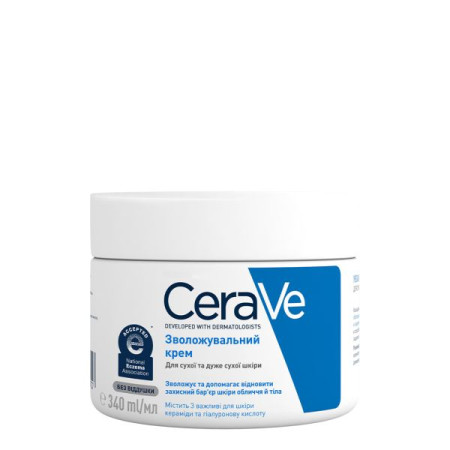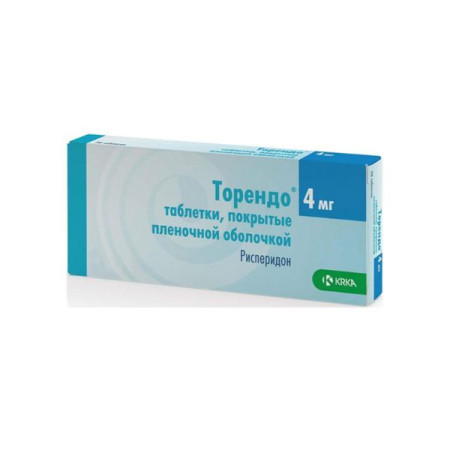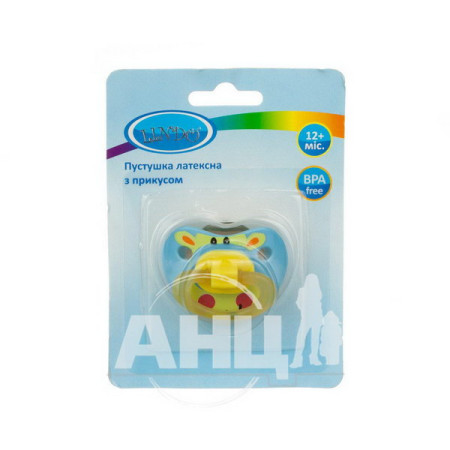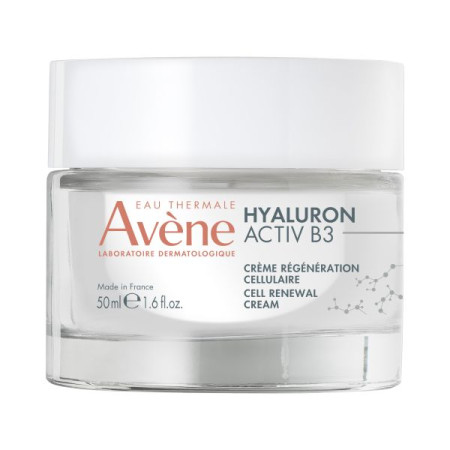Amkesol tablets blister No. 20

Instructions Amkesol tablets blister No. 20
Composition
active ingredients: 1 tablet contains ambroxol hydrochloride (calculated as 100% substance) 15 mg; ketotifen hydrofumarate (calculated as 100% substance) 1 mg; licorice root dry extract (Extraсtum Glycyrrhizae aqua siccum) (4.8-5.5:1) (extractant - aqueous ammonia solution) 10 mg; (calculated as glycyrrhizinic acid) 0.8 mg; theobromine (calculated as 100% substance) 50 mg;
excipients: microcrystalline cellulose, croscarmellose sodium, potato starch, calcium stearate.
Dosage form
Pills.
Main physicochemical properties: flat-cylindrical tablets from light yellow to gray-yellow with a brownish tint; inclusions of various sizes and colors are detected.
Pharmacotherapeutic group
Antitussives and mucolytics. ATX code R05 F B01.
Pharmacological properties
Amkesol is a mucolytic and expectorant bronchodilator with pronounced anti-inflammatory and antiallergic activity. Each component of the drug has specific pharmacological properties.
Ambroxol hydrochloride.
Pharmacodynamics.
Ambroxol hydrochloride is a secretolytic and secretomotor agent from the group of benzylamines, stimulates serous cells of the glands of the bronchial mucosa, which leads to increased mucus secretion and a change in the ratio of serous and mucous components of sputum; activates hydrolytic enzymes and increases the motor activity of the ciliated epithelium of the bronchi; promotes the separation of pathological secretion from the bronchial walls and its removal from the respiratory tract; increases the content of surfactant in the lungs and prevents its destruction in pneumocytes, which helps improve the drainage function of the lungs.
Pharmacokinetics.
When administered orally, ambroxol hydrochloride is rapidly and completely absorbed, penetrating well into the lung tissue. The maximum concentration of ambroxol hydrochloride in the blood plasma is observed 2 hours after oral administration. It is metabolized in the liver. The half-life is 10-12 hours; it is excreted in the urine.
Ketotifen hydrofumarate.
Pharmacodynamics.
Ketotifen hydrofumarate exhibits antiallergic activity by inhibiting the action of endogenous inflammatory mediators and the release of allergy mediators (histamine, leukotrienes), prevents sensitization of eosinophils by cytokines, which leads to inhibition of the migration of eosinophil granulocytes into the focus of inflammation and prevents the development of bronchial hyperactivity, which is caused by platelet activating factor or stimulation by allergens. Ketotifen hydrofumarate prevents the development of bronchospasm and has antiasthmatic properties.
Pharmacokinetics.
Ketotifen hydrofumarate is absorbed almost completely when taken orally; bioavailability is 50%. The maximum concentration of ketotifen hydrofumarate occurs after 2-4 hours, the half-life is biphasic and is 3-5 hours and 21 hours, respectively. Metabolism of ketotifen hydrofumarate occurs in the liver.
Licorice root extract.
Pharmacodynamics.
Licorice root extract exhibits expectorant, anti-inflammatory and antispasmodic effects. Glycyrrhizic acid has anti-inflammatory properties. Liquoritoside (a flavonoid glucoside) and 2,2,4-trioxychalcone act as antispasmodics.
Pharmacokinetics.
The pharmacokinetics of the extract have not been studied in detail.
Theobromine.
Pharmacodynamics.
Theobromine is 3,7-dimethylxanthine, an alkaloid of the purine base group. It causes weak stimulation of the central nervous system and cardiac activity; it increases the concentration of cAMP in the tissues, which leads to bronchial dilation, increased mucociliary clearance, improved bronchopulmonary circulation, and inhibition of the release of mediators of anaphylactic reactions.
Pharmacokinetics.
Theobromine is absorbed rapidly and completely. Plasma concentrations are reached through
15-45 minutes. Easily penetrates all body tissues, including the CNS. Metabolized in the liver.
Indication
Acute and chronic respiratory diseases accompanied by difficult discharge of viscous sputum.
Contraindication
Amkesol should not be used in patients with known hypersensitivity to ambroxol hydrochloride or to any of the other ingredients of the drug.
Gastric and duodenal ulcer.
Special safety measures.
You should consult a doctor before use.
Treatment of patients with arterial hypertension should be carried out under the supervision of a physician.
Ketotifen may lower the seizure threshold, so the drug should be used with caution.
patients with epilepsy.
Also, in the initial stage of Stevens-Johnson syndrome or Lyell syndrome, patients may have nonspecific, flu-like symptoms such as fever, aches, rhinitis, cough and sore throat. Symptomatic treatment with cough and cold medications may be mistakenly used for such nonspecific, flu-like symptoms. Therefore, if new skin or mucous membrane lesions appear, medical attention should be sought immediately and treatment with the drug should be discontinued.
Since ambroxol may increase mucus secretion, Amkesol tablets should be used with caution in cases of impaired bronchial motility and increased mucus secretion (for example, in rare diseases such as primary ciliary dyskinesia).
Patients with impaired renal function or severe hepatic insufficiency should take Amkesol, tablets, only after consulting a doctor. When using ambroxol, as with any active substance that is metabolized in the liver and then excreted by the kidneys, there is an accumulation of metabolites that are formed in the liver in patients with severe renal insufficiency.
Interaction with other medicinal products and other types of interactions
Simultaneous use of Amkesol increases the effectiveness of ampicillin and amoxicillin in respiratory diseases by increasing their concentration in the lung tissues. Amkesol potentiates the effect of theophylline, enhances the effect of hypnotics, sedatives, antihistamines.
When used simultaneously with oral antidiabetic agents, a reversible decrease in platelet count is possible.
Use during pregnancy or breastfeeding
The drug is contraindicated during pregnancy or breastfeeding.
Ability to influence reaction speed when driving vehicles or other mechanisms
While using the drug, you should refrain from driving vehicles and working with potentially dangerous mechanisms that require increased attention and speed of reaction.
Method of administration and doses
Recommended for adults and children aged 12 and over.
For oral use after meals.
Daily dose. The usual recommended therapeutic dose for treatment is 1 tablet 3 times a day (morning, afternoon, evening).
The course of treatment is from 4 to 14 days. The duration of treatment depends on the indication for use, the course of the disease and is determined by the doctor.
Children
Assign to children over 12 years of age.
Overdose
Epigastric pain, nausea, vomiting; drowsiness, disorientation, confusion; tachycardia, hypotension; convulsions, especially in children.
Treatment: gastric lavage, consult a doctor. Symptomatic therapy.
Adverse reactions
General disorders: mucous membrane reactions, fever.
Immune system, skin and subcutaneous tissue disorders: skin rash, urticaria, angioedema, pruritus, anaphylactic reactions including anaphylactic shock, other allergic reactions, erythema, severe skin lesions: Stevens-Johnson syndrome and toxic epidermal necrolysis (Lyell's syndrome), angioedema, erythema multiforme.
Gastrointestinal: nausea, vomiting, dyspepsia, abdominal pain, dry mouth, diarrhea, constipation, drooling, possible increase in liver enzyme activity, weight gain, dry throat.
From the respiratory system: rhinorrhea, dyspnea (as a hypersensitivity reaction).
From the urinary system: dysuria.
Infections: cystitis.
On the part of the cardiovascular system: slight arterial hypertension is possible.
From the side of the central nervous system: drowsiness, dry mouth and mild dizziness, which disappear on their own with continued treatment; sometimes, very rarely, especially in children, increased irritability, insomnia, increased excitability, dysgeusia are possible.
Expiration date
3 years. Do not use after the expiry date stated on the packaging.
Storage conditions
Store at a temperature not exceeding 25 °C.
Keep out of reach of children.
Incompatibility.
Use with oral antidiabetic agents may lead to thrombocytopenia.
Packaging
Tablets in blisters No. 10 or No. 20, 2 blisters No. 10 or 1 blister No. 20 in a pack.
Vacation category
According to the recipe.
Producer
PJSC "Chempharmaceutical Plant "Chervona Zirka".
Location of the manufacturer and its business address
Ukraine, 61010, Kharkiv, 1 Hordienkivska St.
There are no reviews for this product.
There are no reviews for this product, be the first to leave your review.
No questions about this product, be the first and ask your question.













